Text
i love tiny animals i love giant animals i love microscopic animals i love medium sized animals i love slightly large animals i love human sized animals i love breadbox sized animals i love animals i love animals
6 notes
·
View notes
Text
In theory I know rainbow shiners (Notropis chrosomus) exist and yes, they are very pretty. Especially in breeding colours.
But every now and again I’ll come across a video or picture and just catch my breath. I mean, look at them. That’s hardly fair that they look like that and exist on this planet.

I mean… just look at them!
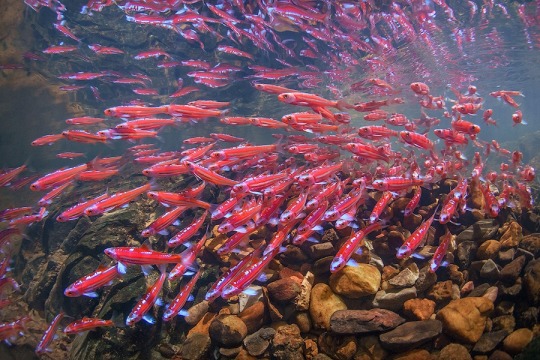
Holy shit!
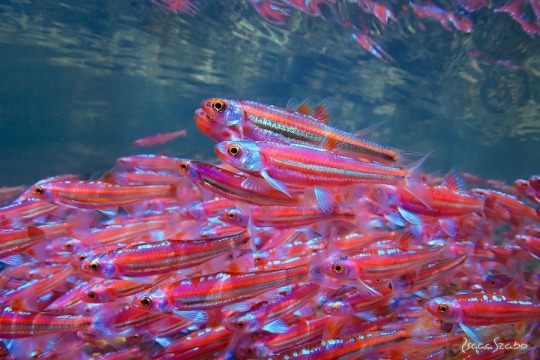
They’re like little gem-encrusted neon blips of pure whimsy.
Anyway, North American native fish species are criminally unrepresented in the aquarium world and these bad boys are pretty close to the top on my long, long, very long fish wish list.
6K notes
·
View notes
Text
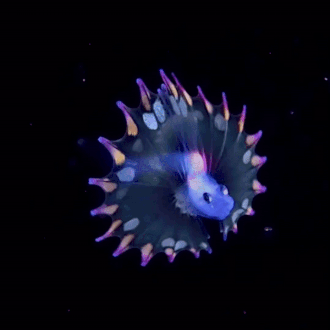
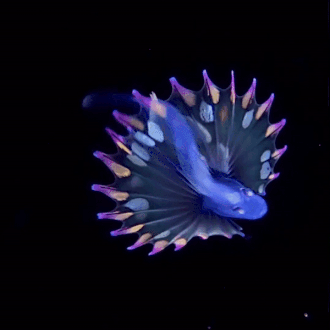
rainbow tripod fish larva (bathypterois grallator) | source
29K notes
·
View notes
Photo


#animals#seals#baby seal#animal gifs#actually autistic#autistic special interest#animal special interest#nature#wildlife
157K notes
·
View notes
Text
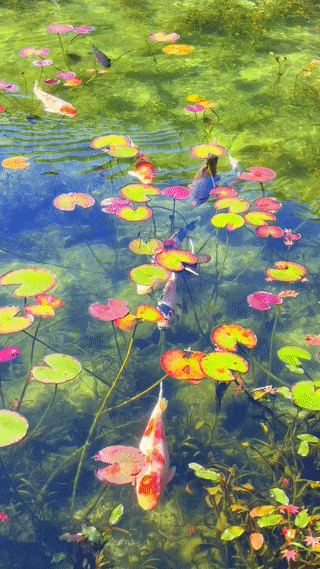

🪷 | source
27K notes
·
View notes
Photo

Various patterns and colors of Trout skin
120K notes
·
View notes
Photo

Today is World Lion Day!
#world lion day#lion#lions#animals#wildlife#art#animal art#lion art#lioness#animal special interest#autistic special interest#wild animals#nature
35 notes
·
View notes
Text
HAPPY INTERNATIONAL LION DAY
This celebration was founded by Big Cat Rescue, the world’s largest accredited sanctuary dedicated to big cats.
Even though they are sometimes referred to as the 'king of the jungle', lions are under grave threat due to a number of man-made issues, including poaching and deforestation. The lion population is rapidly declining. Therefore to spread awareness about the lions and the issues faced by them World Lion Day is observed on August 10 every year.
Lion numbers have dramatically declined to the point where the species needs to be placed on the endangered list, just like its larger cousin the tiger.
According to the International Union for the Conservation of Nature, lions are a “vulnerable” species, meaning that their numbers could and should be higher. Currently, researchers estimate that there are between 30,000 and 100,000 lions left on planet Earth.
Over the course of five decades, the global lion population has decreased by about 90%.
The threats against lions are many: they face the dual specters of increasingly popular “trophy hunting” and human incursion on their traditional wildlands. A reduction in food combined with hunting tourism is making them more vulnerable with every passing year.
Raise awareness on Lion Day and the issues that the species faces in the wild, share photos of this big cat with your friends, support the protection of natural habitats.
Facts about lions
• While female lions perform the majority of the hunting, male lions guard the pride's territory. Nevertheless, the males always eat first.
• The most social of all the big cats, African lions live in packs called 'prides'. About 15 lions make up a pride.
• While a lion can run at 50 mph for short distances and leap 36 feet, its roar can be heard up to five miles away.
• The colour of a male lion's mane is a reliable indicator of his age. The older the lion, the darker his mane.
• Lions are the second-largest cat in the world, just behind the Asian tiger.
• Lions are typically found in grasslands and plains rather than the forests.
#lions#world lion day#lion#animals#big cat rescue#big cats#lion conservation#animal videos#animal conservation#animal special interest#autistic special interest#nature#wild animals#wildlife
134 notes
·
View notes
Text
It’s World Lion Day!
So let’s talk about the second largest cat in the world!!

[Image description: A close up image of a lioness looking at the camera.]
(Image from Smithsonian)
Basic Stats
These huge cats grow to lengths of 2.7 meters (9ft) (females) and 3 meters (10ft) (males). They weigh up to 179 kg (395 lbs) (females) and 250 kg (55 lbs) (males).
Most lions live on the open savanna although they also have habitats in dry forests. Many live in Africa but there are Asiatic lions who make their homes in India.
In zoos, lions may live on into their early 20s. In the wild, lionesses can live up to 16 years but it is rare that a male will live past 12 years of age.
Prides and Social Structure
Lions are the most social felines in the world, residing in big family groups called prides. In Kruger National Park, there lives one of the largest prides in Africa, 26 lions-strong!
Prides are made up of related females. There may be as many as 40 individuals (adults, sub-adults, and cubs) including one or more resident males. The more prey available, the larger these families grow.
Lionesses will typically remain in their mothers’ prides for life so long as food scarcity does not drive them out. Young males are forced to leave at around 2-4 years of age (when they are capable enough to compete with dominant males.) These wanderers will create coalitions, commonly with brothers and cousins, and search for a pride to take over.
The first order of business during a take over is to kill all cubs from the previous male’s lineage. The males do not want to expend energy ensuring that another lion’s genes will be passed on. Another reason for infanticide is that female lions will not be receptive to mating while they are nursing a litter so killing the cubs enables procreation of the new bloodline. You can read more about infanticide by male and female lions (yes, there are cases where even a mother will kill her own child for evolutionary advantage/survival) here.
Males take up the defensive roles in the pride while females focus on hunting. Both lions and lionesses mark their territories by roaring and scent marking with urine.
Hunting Tactics
Lions have smaller hearts and lungs that are not built for running fast; they reach a maximum speed of 80 kph (50 mph) that they can only maintain for short bursts. This means that lions rely on ambush, camouflage, and tactics. They do their best work hunting as a team and going by the cover of darkness at night.
When they hunt, lions target the weak and sick--the slowest of the herd. They will circle the herd from different angles, splitting the group so they can get an animal alone.
Take a look at this video to get an insight on how these big cats hunt together. Bear in mind that it is older (2011) so it looks a bit tacky, but the information is great!
Bite-sized Facts!
A lion may eat 34 kg (75 lbs) of meat at once.
When cubs are about 5 weeks old, they leave the den and start learning how to hunt.
Lions sleep and rest about 20 hours a day, mainly during the hottest points of the day.
A lion’s roar can be heard up to 8 km (5 mi) away.
Without their coats, lion and tiger bodies are so similar that it takes an expert to tell them apart.
Lions primarily eat large animals that weigh from 45 to 453 kg (100-1,000 lbs)
Lions steal kills from hyenas, leopards, and other predators.
Conservation Status, Efforts, and What You Can Do!
Lions’ conservation status is vulnerable so we need to work hard to protect them from extinction! They are the top predators in their environment which means they play a crucial role in maintaining a healthy balance of population among animals. This balance even effects the wellbeing of the grasslands and forests themselves!
If you want to help monetarily, you can donate to African Parks. They focus on reintroduction of lions into habitats where they went locally extinct and increasing the lions’ range. They remove snares, fence parks for the animals’ safety, and monitor the wildlife to prevent poaching.
You can also donate to Big Cat Rescue directly to save not only lions but other big cats!
Now let’s talk about what we can do in our every day lives to help!
Never purchase any souvenirs or products made from lion parts!
Use social media as a platform to reach others and inform them about why conservation is important!
Shop Amazon Smile for Big Cat Rescue and help their cause at no cost to you each time you make an amazon purchase (their site has instructions on how to utilize this amazing conservation tool!)
To help all the wildlife, and the planet, recycle, buy in bulk, try composting, and minimize your carbon footprint. You can also look into ecobricking!
Explore!
Here are some videos and documentaries that will allow you to learn more about lions (or just see some awesome moments!) This list includes a documentary from Curiosity Stream which requires a subscription (absolutely worth it if you love animals and nature), but everything else is free to watch! I have viewed all of these myself and believe them to be accurate and of good quality. Not to mention I had a blast watching them. So kick back with some snacks and watch these big cats!
1. Lions 101 - Nat Geo Wild
2. The Secret Lives of Big Cats - Curiosity Stream
3. Lion Fatally Cripples Hyena
4. Hyena Attacks Lion & Pays the Price
sources (if not otherwise linked in this post):
-Smithsonian's National Zoo & Conservation Biology Institute
-Amazing Animals: Lions by Valerie Bodden
#lions#world lion day#lioness#animals#lion deep dive#animal deep dive#autistic special interest#animal special interest#big cats#wildlife#animal facts#animal conservation#lion conservation#nature#big cat rescue#african parks
6 notes
·
View notes
Photo

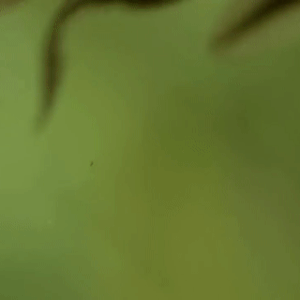

source
283 notes
·
View notes
Photo
What outstanding art! Definitely visit Camille Andre’s Instagram
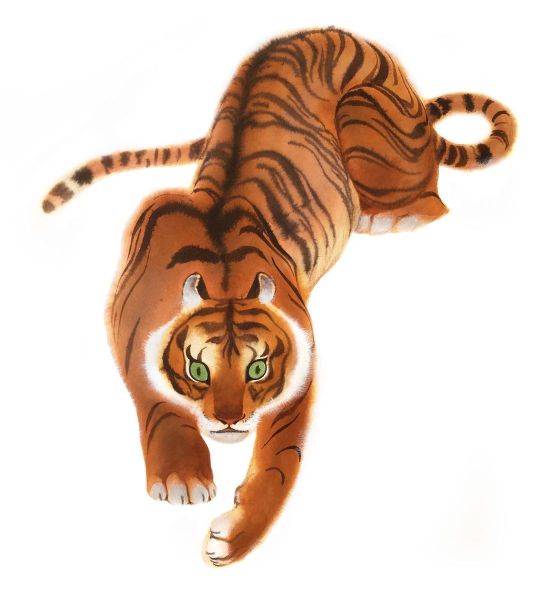









Camille Andre on Instagram
#animals#art#watercolor#animal art#artists on instagram#animal special interest#autistic special interest
35K notes
·
View notes
Photo

Lynx. One of coolest animals.
https://www.instagram.com/j0nathan_dahl/
#animals#artists on tumblr#animal art#lynx#animal gifs#art gifs#wildlife#wildlife art#lynx art#lynx gif#art#animal special interest#autistic special interest
16K notes
·
View notes
Text
This is an example of mutual grooming, something that helps big cats like lions strengthen their bonds with one another!
A lion’s tongue has tiny spines on it, called papillae. These spines face backwards and the lion uses them to scrape meat from bones and brush dirt out of their fur. A tongue as rough as sandpaper is important to these big cats; the papillae and frequent grooming keep them mostly parasite free.
Papillae are so abrasive that if a lion were to lick the back of your hand only a few times, you wouldn’t have any skin left!
Take a look at this website for lots more information on lions!
#lions#lion pride#lion facts#animal facts#animals#wildlife#animal videos#wildlife videos#lion videos#wildlife facts#animal special interest#autistic special interest
2K notes
·
View notes
Photo
This is one of my favorite snail pictures!

#snails#animals#animal pictures#snail pictures#snails eating cucumber#animal#snail eating cucumber#cute animals#wholesome#animal special interest#gastropods#autistic special interest
204K notes
·
View notes
Video
Amazilia saucerottei | the Steely-vented hummingbird
This beauty lives in South America (Costa Rica, Venezuela, Colombia). It creates its nests in a cup shape, using plant down and cobwebs. And (this part is super cute) it decorates the outside of its nest with lichen.
Here is a wiki page with a little more information on these colorful creatures!
Check out this website to hear what it’s song sounds like!
Colorful sparkling Steely-vented Hummingbird 🐦
Video by gourmetbiologist
#steelyventedhummingbird#hummingbird#birds#wildlife#animals#hummingbirds#bird videos#hummingbird videos#animal facts#bird facts#animal#animal special interest#autistic special interest#animal videos#wildlife videos
2K notes
·
View notes